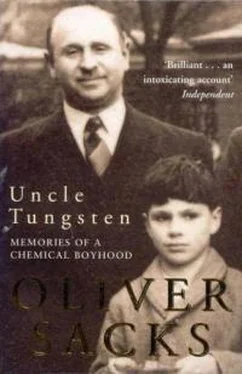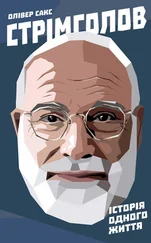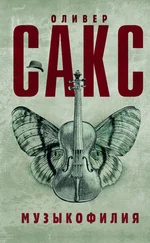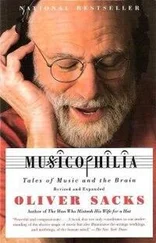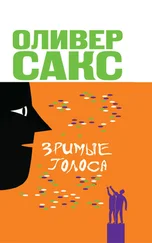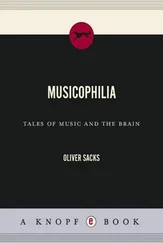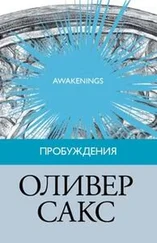I was thrilled, soon after the war, to find that I had guessed right, when it was revealed that Glenn Seaborg and his coworkers in Berkeley had succeeded in making a number of transuranic elements – elements 93, 94, 95, and 96 – and found that these indeed were part of a second series of rare-earth elements (which, by analogy with the first rare-earth series, the lanthanides, he called the actinides). [50]
The number of elements in the second series of rare earths, Seaborg argued, by analogy with the first series, would also be fourteen, and after the fourteenth (element 103) one might expect ten transition elements, and only then the concluding elements of Period 7, ending with an inert gas at element 118. Beyond this, Seaborg suggested, a new period would start, beginning, like all the others, with an alkali metal, element 119.
It seemed that the periodic table might thus be extended to new elements far beyond uranium, elements that might not even exist in nature. Whether there was any limit to such transuranic elements was not clear: perhaps the atoms of such elements would become too big to hold together. But the principle of periodicity was fundamental, and could be extended, it seemed, indefinitely.
* * *
While Mendeleev saw the periodic table primarily as a tool for organizing and predicting the properties of the elements, he also felt it embodied a fundamental law, and he wondered on occasion about ‘the invisible world of chemical atoms.’ For the periodic table, it was clear, looked both ways: outward to the manifest properties of the elements, and inward to some as-yet-unknown atomic property which determined these.
In that first, long, rapt encounter in the Science Museum, I was convinced that the periodic table was neither arbitrary nor superficial, but a representation of truths which would never be overturned, but would, on the contrary, continually be confirmed, show new depths with new knowledge, because it was as deep and simple as nature itself. And the perception of this produced in my twelve-year-old self a sort of ecstasy, the sense (in Einstein’s words) that ‘a corner of the great veil had been lifted.’
17. A Pocket Spectroscope
We had always celebrated Guy Fawkes Night, before the war, by setting off fireworks. Bengal lights, burning brilliantly green or red, were my favorites. The green, my mother had told me, was due to an element called barium, the red to strontium. I had no idea at that point what barium and strontium were, but their names, like their colors, stayed in my mind.
When my mother saw how enthralled I was by these lights, she showed me how, if one threw a pinch of salt on the stove, the gas flame suddenly flared and turned a brilliant yellow – this was due to the presence of another element, sodium (even the Romans, she said, had used it to give their fires and flares a richer color). So, in a sense, I was introduced to ‘flame tests’ even before the war, but it was only a few years later, in Uncle Dave’s lab, that I learned they were an essential part of chemical life, an instant way of detecting certain elements, even if present in minute amounts.
One had only to put a speck of the element or one of its compounds on a loop of platinum wire and put this in the colorless flame of a Bunsen burner to see the colorations produced. I explored a whole range of flame colors. There was the azure blue flame produced by copper chloride. And there was the light blue – the ‘poisonous’ light blue, as I regarded it – produced by lead and arsenic and selenium. There were lots of green flames: an emerald green with most other copper compounds; a yellowish green with barium compounds, some boron compounds too – borane, boron hydride, was highly inflammable and burned with an eerie green flame of its own. Then there were the red ones: the carmine flame of lithium compounds, the scarlet of strontium, the yellowish brick red of calcium. (I read later that radium also colored flames red, but this, of course, I was never to see. I imagined it as a red of the most refulgent brilliance, a sort of ultimate, fatal red. The chemist who first saw it, so I imagined, went blind soon after, the radioactive, retina-destroying red of radium being the last thing he ever saw.)
These flame tests were very sensitive – much more so than many chemical reactions, the ‘wet’ tests one also did to analyze substances – and they reinforced a sense of elements as fundamental, as retaining their unique properties however they were combined. Sodium, one might feel, was ‘lost’ when it combined with chlorine to form salt – but the telltale presence of sodium yellow in a flame test served to remind one that it was still there.
Auntie Len had given me James Jeans’s book The Stars in Their Courses for my tenth birthday, and I had been intoxicated by the imaginary journey Jeans described into the heart of the sun, and his casual mention that the sun contained platinum and silver and lead, most of the elements we have on earth.
When I mentioned this to Uncle Abe, he decided it was time for me to learn about spectroscopy. He gave me an 1873 book, The Spectroscope , by J. Norman Lockyer, and lent me a small spectroscope of his own. Lockyer’s book had charming illustrations showing not just various spectroscopes and spectra, but bearded, frock-coated Victorian scientists examining candle flames with the new apparatus, and it gave me a very personal sense of the history of spectroscopy, from Newton’s first experiments to Lockyer’s own pioneering observations of the spectra of the sun and stars.
Spectroscopy indeed had started in the heavens, with Newton’s decomposition of sunlight with a prism in 1666, showing that it was composed of rays ‘differently refrangible.’ Newton obtained the sun’s spectrum as a continuous luminous band of color going from red to violet, like a rainbow. A hundred and fifty years later, Joseph Fraunhofer, a young German optician, using a much finer prism and a narrow slit, was able to see that the entire length of Newton’s spectrum was interrupted by odd dark lines, ‘an infinite number of vertical lines of different thicknesses’ (he was able, finally, to count more than five hundred).
One needed a brilliant light to get a spectrum, but it did not have to be sunlight. It could be the light of a candle, or limelight, or the colored flames of the alkali or alkaline earth metals. By the 1830 sand 1840 sthese, too, were being examined, and an entirely different sort of spectrum was now seen. Whereas sunlight produced a luminous band with every spectral color in it, the light of vaporized sodium produced only a single yellow line, a very narrow line of great brilliance, set upon a background of inky blackness. It was similar with the flame spectra of lithium and strontium, except these had a multitude of bright lines, mostly in the red part of the spectrum.
What was the origin of the dark lines Fraunhofer saw in 1814? Had they any relation to the bright spectral lines of flamed elements? These questions presented themselves to many minds at the time, but remained unanswered until 1859, when Gustav Kirchhoff, a young German physicist, joined forces with Robert Bunsen. Bunsen was a distinguished chemist by this time, and a prolific inventor – he had invented photometers, calorimeters, the carbon-zinc cell (still used, with negligible change, in the batteries I pulled to pieces in the 1940 s), and, of course, the Bunsen burner, which he had perfected to investigate color phenomena more closely. They were an ideal pair, Bunsen a superb experimentalist – practical, technically brilliant, inventive – and Kirchhoff with a theorizing power, a mathematical facility, that Bunsen perhaps lacked.
In 1859, Kirchhoff performed a simple and beautifully designed experiment, which showed that the bright-line and dark-line spectra – the emission and the absorption spectra – were one and the same, the corresponding opposites of the same phenomenon: the capacity of elements to emit light of characteristic wavelength when vaporized, or to absorb light of exactly the same wavelength if they were illuminated. Thus the characteristic line of sodium could be seen either as a brilliant yellow line in its emission spectrum, or as a dark line in exactly the same position in its absorption spectrum.
Читать дальше
